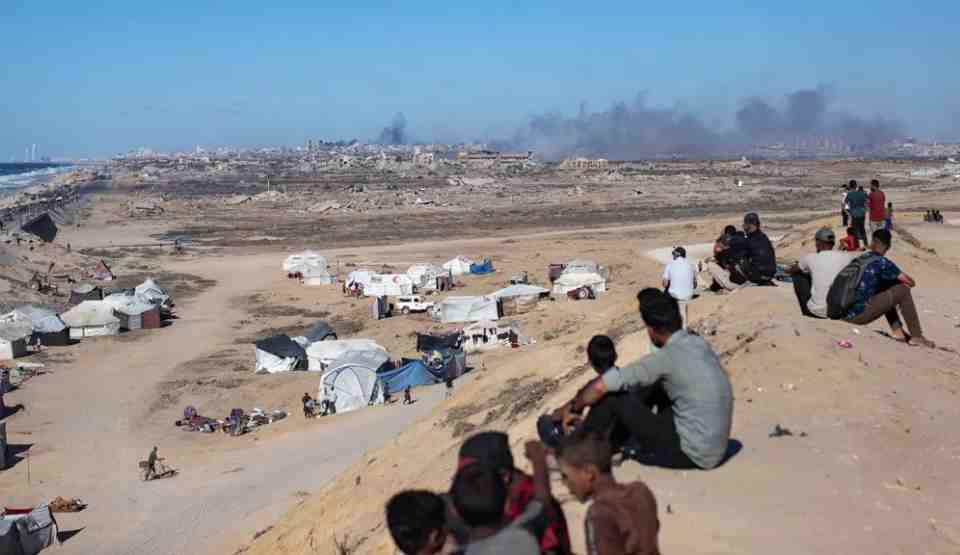Mediators have established communication with Hamas’s top military commander in Gaza, who has signaled his opposition to the United States’ newly proposed ceasefire framework, according to BBC reports.
Izz al-Din al-Haddad, who leads Hamas’s armed wing in Gaza, reportedly views the proposal as a strategic trap designed to dismantle the organization regardless of whether it accepts the terms. Sources indicate he remains committed to continued military resistance.

The Framework’s Key Terms
President Donald Trump’s comprehensive 20-point proposal, which Israel has already endorsed, includes several contentious provisions:
Complete disarmament of Hamas
Permanent exclusion of the group from Gaza’s governance
Full hostage release within the initial 72 hours of any ceasefire
Complete Israeli military withdrawal, except for security perimeter forces
Deployment of an international stabilization force led by US and Arab nations
Establishment of security buffer zones along Gaza’s borders
Internal Hamas Divisions
The BBC’s reporting suggests significant disagreement within Hamas’s leadership structure. While some political leaders based in Qatar appear willing to negotiate modifications to the plan, their influence remains constrained by a critical factor: they lack direct control over the approximately 48 hostages still held in Gaza, of whom only 20 are believed to be alive.
Trust Deficit and Tactical Concerns
Several factors fuel Hamas’s skepticism toward the proposal. The requirement to release all hostages immediately would eliminate what the group considers its primary leverage in negotiations. Despite Trump’s assurances that Israel would honor the agreement, deep distrust persists within Hamas—particularly following last month’s Israeli airstrike targeting Hamas leadership in Doha, which defied American expectations.
The proposed international stabilization force has also raised alarm among some Hamas officials, who characterize it as occupation under a different name.

Netanyahu’s Mixed Signals
Complicating matters further, Israeli Prime Minister Benjamin Netanyahu has publicly challenged several provisions of the framework he ostensibly accepted. In recent statements, he emphasized that Israeli forces would maintain presence in Gaza and that Israel would “forcibly resist” Palestinian statehood—positions that appear to contradict the US proposal’s vision of complete withdrawal and a potential pathway to Palestinian self-determination.
Hamas has consistently maintained it will not disarm until a sovereign Palestinian state exists.
The Conflict’s Toll
The current crisis stems from the October 7, 2023 Hamas-led assault on southern Israel, which resulted in approximately 1,200 deaths and 251 hostages taken. Israel’s subsequent military campaign has killed at least 66,225 Palestinians in Gaza, according to the territory’s health ministry.
The rejection by Hamas’s military leadership represents a significant obstacle to ending the 18-month conflict, with fundamental disagreements over disarmament, governance, and Palestinian statehood remaining unresolved.






